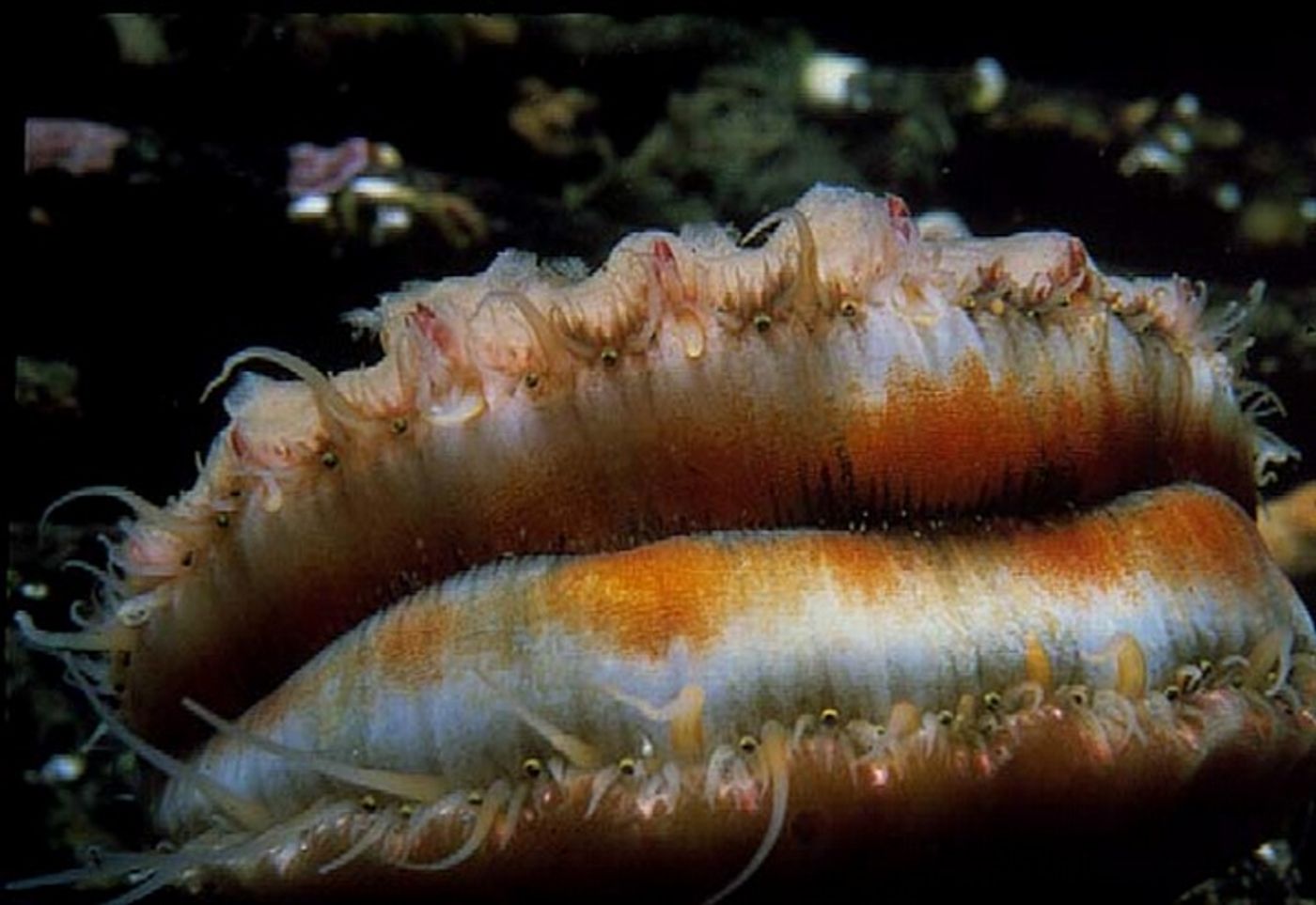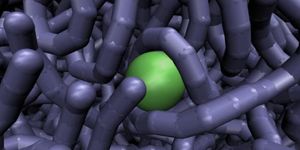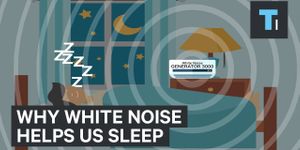California's mud is hiding an ancient ecosystem
It seems that the sea bed off the coast of southern California has been hiding a lost ecosystem which had previously sported large communities of scallops and shelled marine organisms called brachiopods for the past 4,000 years. Paleontologists Adam Tomašových of the Slovak Academy of Sciences and Susan Kidwell of the University of Chicago investigated the south coast and found brachiopods and scallops from San Diego to Santa Barbara, but their evidence found that these shelled organisms suffered an intense die-off in the last one hundred years. During the 19th century these marine animals all but disappeared, replaced by mud-dwelling clams. Such extreme loss, the scientists say, is not a coincidence.
The ecosystem collapse, explains the study, coincides with intensification of alluvial-plain land use during the last 100 years, pointing fingers specifically at livestock grazing. This in itself had grave consequences for the marine organisms. “The loss of this filter-feeding fauna and the new spatial homogeneity and dominance of deposit- and detritus-feeders would have altered ecosystem functioning by reducing habitat heterogeneity and seawater filtering,” the study writes.
The key finding regards the change in ecosystem. While today the seabed consists of soft sediments, where segmented worms, crustaceans, mollusks, crabs and urchins feed on organic matter, the animals that used to live in this seabed were quite unique. The scientists can use this information to better understand the ecosystem responses to natural and human pressures over otherwise inaccessible timescales, said Tomašových. Their work falls into the field of conservation paleobiology, which aims to illuminate how anthropogenic activities can drive ecological shifts.
In the case of the scallops and shelled marine organisms, pollution from sediment and warming water temperatures were likely the cause of the creatures’ demise. While the team eliminated warming oceans as a culprit of the mass die-off, brachiopods and scallops do prefer cold waters and the changing marine environment could have affected populations. However, the scientists say that sediment-based pollution was most probably the bigger issue. Brachiopods and scallops have a low tolerance for high levels of suspended sediment, of which levels increased greatly during 1769-1860s when the regional economy depended on cattle production.
At that time, modern-day Los Angeles and Orange counties did not have regulations to manage open-range grazing; this led to a vast depositing of silt into the seabed and off the southern coast. “Extirpation was complete by the start of 21st-century urbanization, warming, bottom fishing and scientific surveys," Tomašových and Kidwell reported. In addition, dredging could also have affected the coastal ecosystems.
The importance of this study lies not only in its results, but in its interdisciplinary methods. By combining various perspectives of historical evidence with paleobiological methods to present-day ecosystems scientists are able to see a broader image of recent biotic changes and understand our environments more completely.









